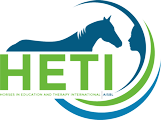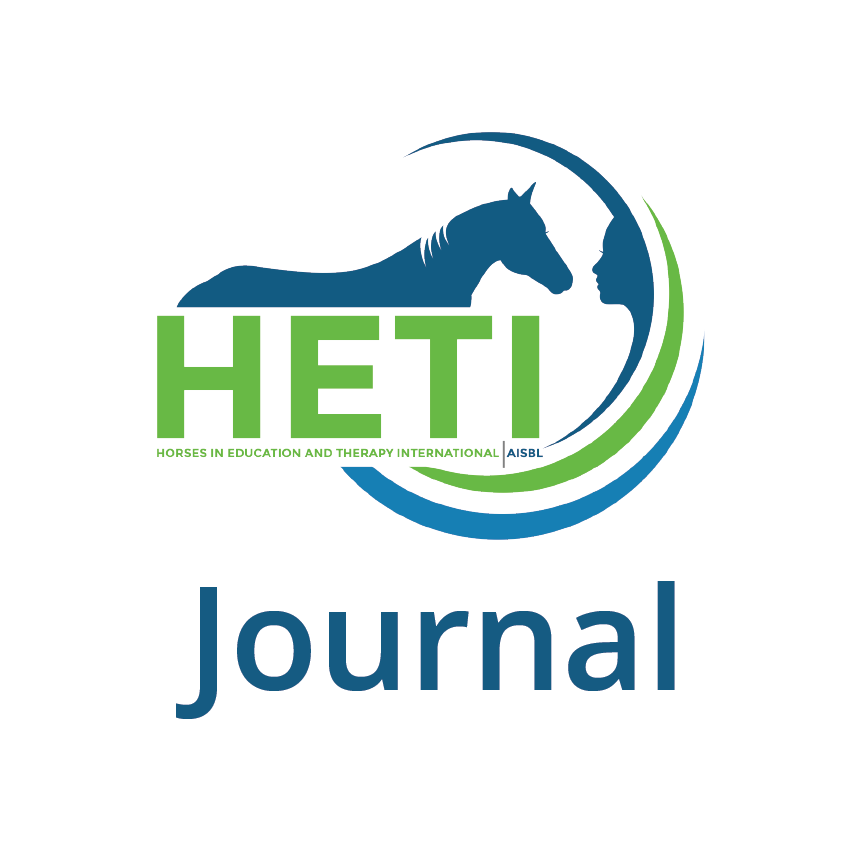The Influence of Horseback Riding Under the Supervision of a Sports Medicine Doctor, on the Posture of Children and Young Adults
€5.00
| Author | Jana Kulichova, Jana Zenklova |
|---|---|
| Year | 1996 |
In contemporary times the impairment of the musculosceletal system represents the most frequent occurrence of chronicol illness of non-infectious etiology. In our study we focused on primary and secondary scoliosis The problem most often encountered in management of these patients is non-compliance to the rehabilitation exercise or to the medical recommendations We attempted to include horseback riding to the repertoire of physiotherapeutic measures.
Elements of sports training are also used in the treatment of the musculosceletal system. The demands on the spinal column during horseback riding positively influence the development of posture, lead to a decrease of muscle tension, and improve body coordination and balance The main principles influencing the spinal column are an equitable, rhythmical change of pressure, the loading and unloading of vertebral discs, and the necessity of a continual change of short in :, vertebral muscle contractions and relaxations that adapt riders' postures to the horseback riding movement.
Medical indicotions for this physiotherapy are, for example, muscle insufficiency of the pelvic girdle, hyper mobility, scoliosis up to 20 degrees of Cobb, kyphosis without structural changes and pseudoradicular pains.
Physiotherapy must be prescribed by a medical doctor who uses continuos mild increments of loads, uses an appropriate manner of riding and is in dose contact with the horseback riding trainer, who is responsible for the training and the selection of suitable horses.
Posture was assessed using vertebrography, a simple and non-invasive method which enabled the continuous monitoring of spinal column deviations

